Species Photo Gallery for Ophiderma definita No Common Name |
 | Photo by: Ken Kneidel
Mecklenburg Co.
Comment: 5.2 mm male, along residential street lined with oaks | 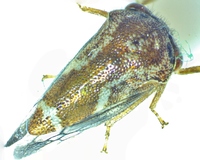 | Photo by: Ken Kneidel
Mecklenburg Co.
Comment: 5.2 mm male, along residential street lined with oaks |
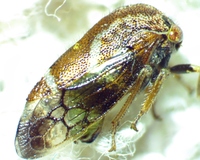 | Photo by: Ken Kneidel
Mecklenburg Co.
Comment: 5.2 mm male, along residential street lined with oaks | 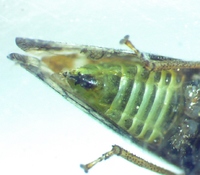 | Photo by: Ken Kneidel
Mecklenburg Co.
Comment: 5.2 mm male, along residential street lined with oaks |
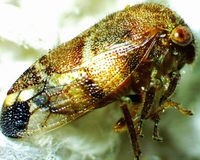 | Photo by: Ken Kneidel
Mecklenburg Co.
Comment: 5.3 mm female encountered along a residential street lined with oaks |  | Photo by: Ken Kneidel
Mecklenburg Co.
Comment: 5.3 mm female encountered along a residential street lined with oaks |
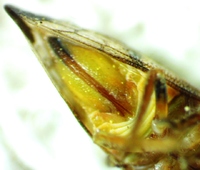 | Photo by: Ken Kneidel
Mecklenburg Co.
Comment: 5.3 mm female encountered along a residential street lined with oaks |  | Photo by: Ken Kneidel
Mecklenburg Co.
Comment: 4.6 mm female, trapped in Tanglefoot on a Willow oak (Quercus phellos) tree band, others of both sexes nearby |
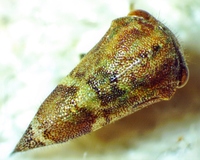 | Photo by: Ken Kneidel
Mecklenburg Co.
Comment: 4.6 mm female, trapped in Tanglefoot on a Willow oak (Quercus phellos) tree band, others of both sexes nearby | 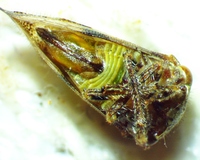 | Photo by: Ken Kneidel
Mecklenburg Co.
Comment: 4.6 mm female, trapped in Tanglefoot on a Willow oak (Quercus phellos) tree band, others of both sexes nearby |
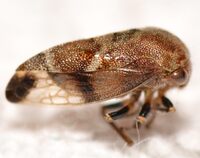 | Photo by: Ken Kneidel
Mecklenburg Co.
Comment: 4.6 mm female, trapped in Tanglefoot on a Willow oak (Quercus phellos) tree band, others of both sexes nearby; 2nd female 5.2 mm, photographed by K. Kittelberger |  | Photo by: Ken Kneidel
Mecklenburg Co.
Comment: 4.6 mm male, on Willow Oak, Quercus phellos, stuck in Tanglefoot on a tree band, others of both sexes nearby to be submitted separately |
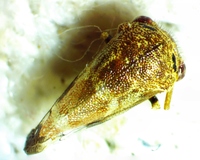 | Photo by: Ken Kneidel
Mecklenburg Co.
Comment: 4.6 mm male, on Willow Oak, Quercus phellos, stuck in Tanglefoot on a tree band, others of both sexes nearby to be submitted separately |  | Photo by: Ken Kneidel
Mecklenburg Co.
Comment: 4.6 mm male, on Willow Oak, Quercus phellos, stuck in Tanglefoot on a tree band, others of both sexes nearby to be submitted separately |
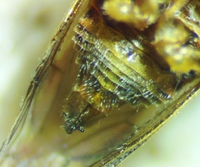 | Photo by: Ken Kneidel
Mecklenburg Co.
Comment: 4.6 mm male, on Willow Oak, Quercus phellos, stuck in Tanglefoot on a tree band, others of both sexes nearby to be submitted separately |  | Photo by: Ken Kneidel
Mecklenburg Co.
Comment: 6 mm female, trapped in Tanglefoot on a tree band on Willow Oak, Quercus phellos |
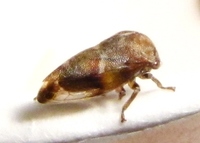 | Photo by: Ken Kneidel
Mecklenburg Co.
Comment: 6 mm female, trapped in Tanglefoot on a tree band on Willow Oak, Quercus phellos | 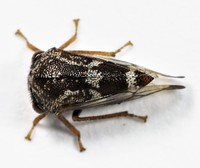 | Photo by: Rob Van Epps
Mecklenburg Co.
Comment: Came to UV light. Suburban yard near woods. |
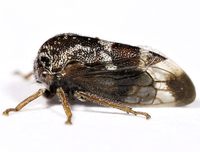 | Photo by: Rob Van Epps
Mecklenburg Co.
Comment: Came to UV light. Suburban yard near woods. 4.5 mm male |  | Photo by: Rob Van Epps
Mecklenburg Co.
Comment: Came to UV light. Suburban yard near woods. 4.5 mm male |
 | Photo by: Ken Kneidel
Mecklenburg Co.
Comment: 4.3 mm male, trapped in Tanglefoot on a tree band on Willow Oak, Quercus phellos | 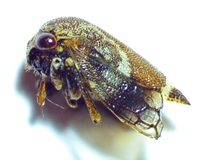 | Photo by: Ken Kneidel
Mecklenburg Co.
Comment: 4.3 mm male, trapped in Tanglefoot on a tree band on Willow Oak, Quercus phellos |
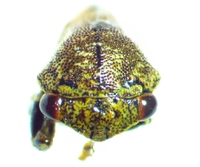 | Photo by: Ken Kneidel
Mecklenburg Co.
Comment: 4.3 mm male, trapped in Tanglefoot on a tree band on Willow Oak, Quercus phellos | 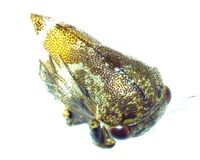 | Photo by: Ken Kneidel
Mecklenburg Co.
Comment: 4.3 mm male, trapped in Tanglefoot on a tree band on Willow Oak, Quercus phellos |
 | Photo by: Ken Kneidel
Mecklenburg Co.
Comment: 4.3 mm male, trapped in Tanglefoot on a tree band on Willow Oak, Quercus phellos |  | Photo by: Rob Van Epps
Mecklenburg Co.
Comment: male; photographed by K. Kittelberger |
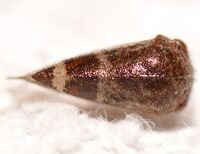 | Photo by: Rob Van Epps
Mecklenburg Co.
Comment: male, 5.8 mm; photographed by K. Kittelberger | 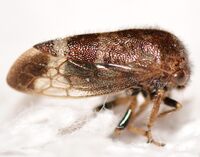 | Photo by: Rob Van Epps
Mecklenburg Co.
Comment: male, 5.8 mm; photographed by K. Kittelberger |
 | Photo by: Ken Kneidel
Mecklenburg Co.
Comment: Female trapped in Tanglefoot on a tree band on Quercus phellos. |  | Photo by: Ken Kneidel
Mecklenburg Co.
Comment: Female trapped in Tanglefoot on a tree band on Quercus phellos. |
 | Photo by: Ken Kneidel
Mecklenburg Co.
Comment: Female trapped in Tanglefoot on a tree band on Quercus phellos. |  | Photo by: Ken Kneidel
Mecklenburg Co.
Comment: 5.1 mm female trapped in Tanglefoot on a tree band on Quercus phellos |
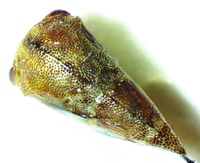 | Photo by: Ken Kneidel
Mecklenburg Co.
Comment: 5.1 mm female trapped in Tanglefoot on a tree band on Quercus phellos | 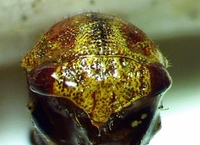 | Photo by: Ken Kneidel
Mecklenburg Co.
Comment: 5.1 mm female trapped in Tanglefoot on a tree band on Quercus phellos |
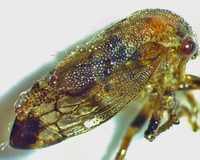 | Photo by: Ken Kneidel
Mecklenburg Co.
Comment: 5.4 mm female trapped in Tanglefoot on a tree band on Quercus phellos | 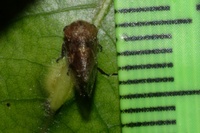 | Photo by: Scott Bolick
Forsyth Co.
Comment: |
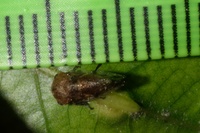 | Photo by: Scott Bolick
Forsyth Co.
Comment: | 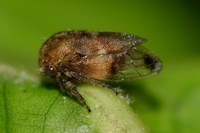 | Photo by: Scott Bolick
Forsyth Co.
Comment: |
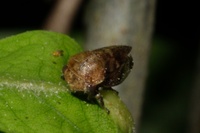 | Photo by: Scott Bolick
Forsyth Co.
Comment: |  | Photo by: Scott Bolick
Forsyth Co.
Comment: |
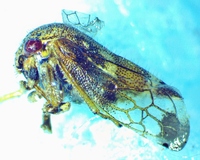 | Photo by: Ken Kneidel
Mecklenburg Co.
Comment: stuck in Tanglefoot on a tree band on oak, 4.8 mm male | 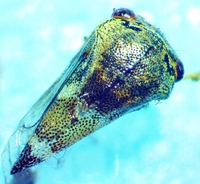 | Photo by: Ken Kneidel
Mecklenburg Co.
Comment: stuck in Tanglefoot on a tree band on oak, 4.8 mm male |
 | Photo by: Ken Kneidel
Mecklenburg Co.
Comment: stuck in Tanglefoot on a tree band on oak, 4.8 mm male |  | Photo by: Ken Kneidel
Mecklenburg Co.
Comment: 4.8 mm, dead, stuck on a tree band on oak |
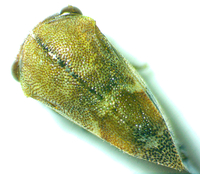 | Photo by: Ken Kneidel
Mecklenburg Co.
Comment: 4.8 mm, dead, stuck on a tree band on oak | 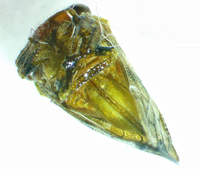 | Photo by: Ken Kneidel
Mecklenburg Co.
Comment: 4.8 mm, dead, stuck on a tree band on oak |
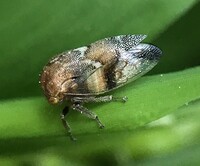 | Photo by: Ted Wilcox
Watauga Co.
Comment: Correct date is 06/08/2023.rnVery small | 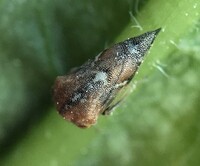 | Photo by: Ted Wilcox
Watauga Co.
Comment: Correct date is 06/08/2023.rnVery small |
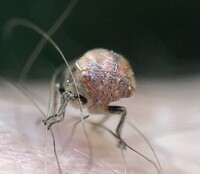 | Photo by: Ted Wilcox
Watauga Co.
Comment: Correct date is 06/08/2023.rnVery small |  | Photo by: Scott Bolick
Forsyth Co.
Comment: |
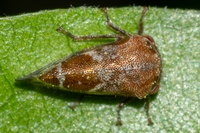 | Photo by: Scott Bolick
Forsyth Co.
Comment: | 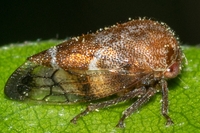 | Photo by: Scott Bolick
Forsyth Co.
Comment: |
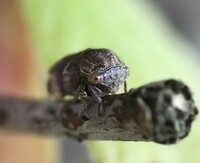 | Photo by: Ted Wilcox
Watauga Co.
Comment: unid_treehopper | 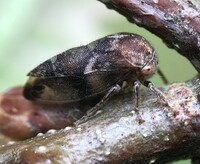 | Photo by: Ted Wilcox
Watauga Co.
Comment: unid_treehopper |
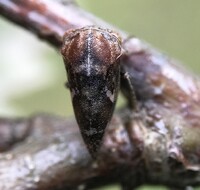 | Photo by: Ted Wilcox
Watauga Co.
Comment: unid_treehopper |  | Photo by: Ted Wilcox
Watauga Co.
Comment: unid_treehopper |
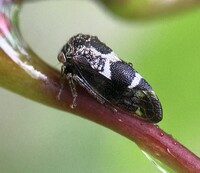 | Photo by: Ted Wilcox
Watauga Co.
Comment: unid_treehopper |  | Photo by: Ted Wilcox
Watauga Co.
Comment: unid_treehopper |
 | Photo by: Ted Wilcox
Watauga Co.
Comment: unid_treehopper |  | Photo by: Ted Wilcox
Watauga Co.
Comment: unid_treehopper |
 | Photo by: Ted Wilcox
Watauga Co.
Comment: unid_treehopper | 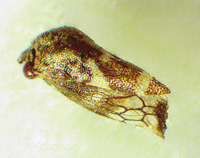 | Photo by: Ken Kneidel
Mecklenburg Co.
Comment: 4.9 mm male stuck on a treeband on oak |
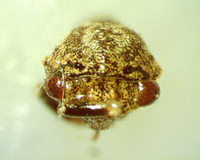 | Photo by: Ken Kneidel
Mecklenburg Co.
Comment: 4.9 mm male stuck on a treeband on oak |  | Photo by: Ken Kneidel
Mecklenburg Co.
Comment: 4.9 mm male stuck on a treeband on oak |
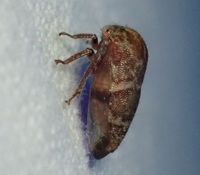 | Photo by: Erich Hofmann, David George, Rich Teper, Jeff Niznik
New Hanover Co.
Comment: |  | Photo by: Erich Hofmann, David George, Rich Teper, Jeff Niznik
New Hanover Co.
Comment: |
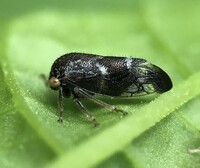 | Photo by: Ted Wilcox
Watauga Co.
Comment: unid_treehopper |  | Photo by: Ted Wilcox
Watauga Co.
Comment: unid_treehopper |
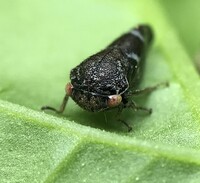 | Photo by: Ted Wilcox
Watauga Co.
Comment: unid_treehopper | 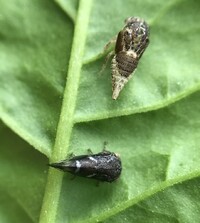 | Photo by: Ted Wilcox
Watauga Co.
Comment: unid_treehopper |
|

 »
»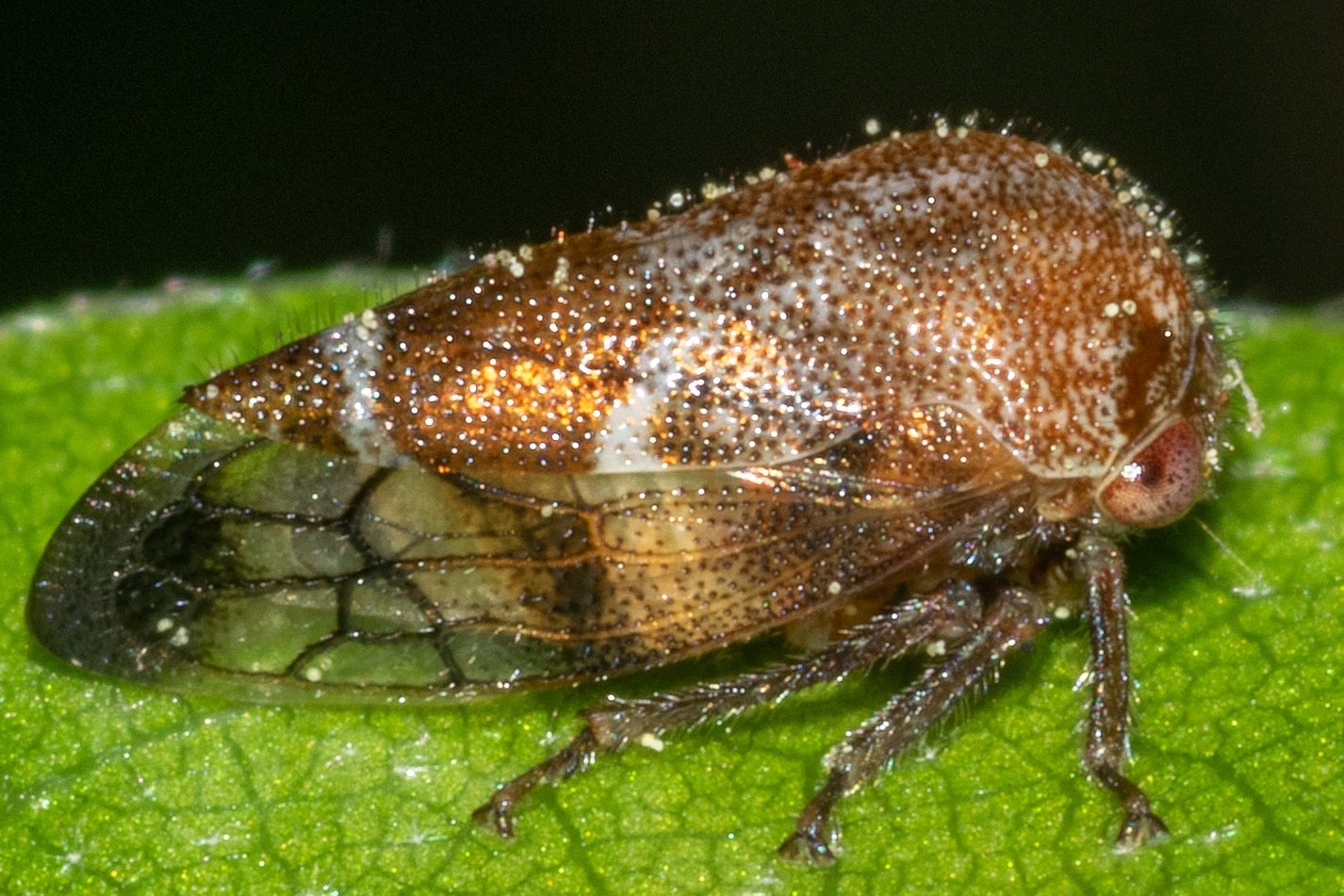

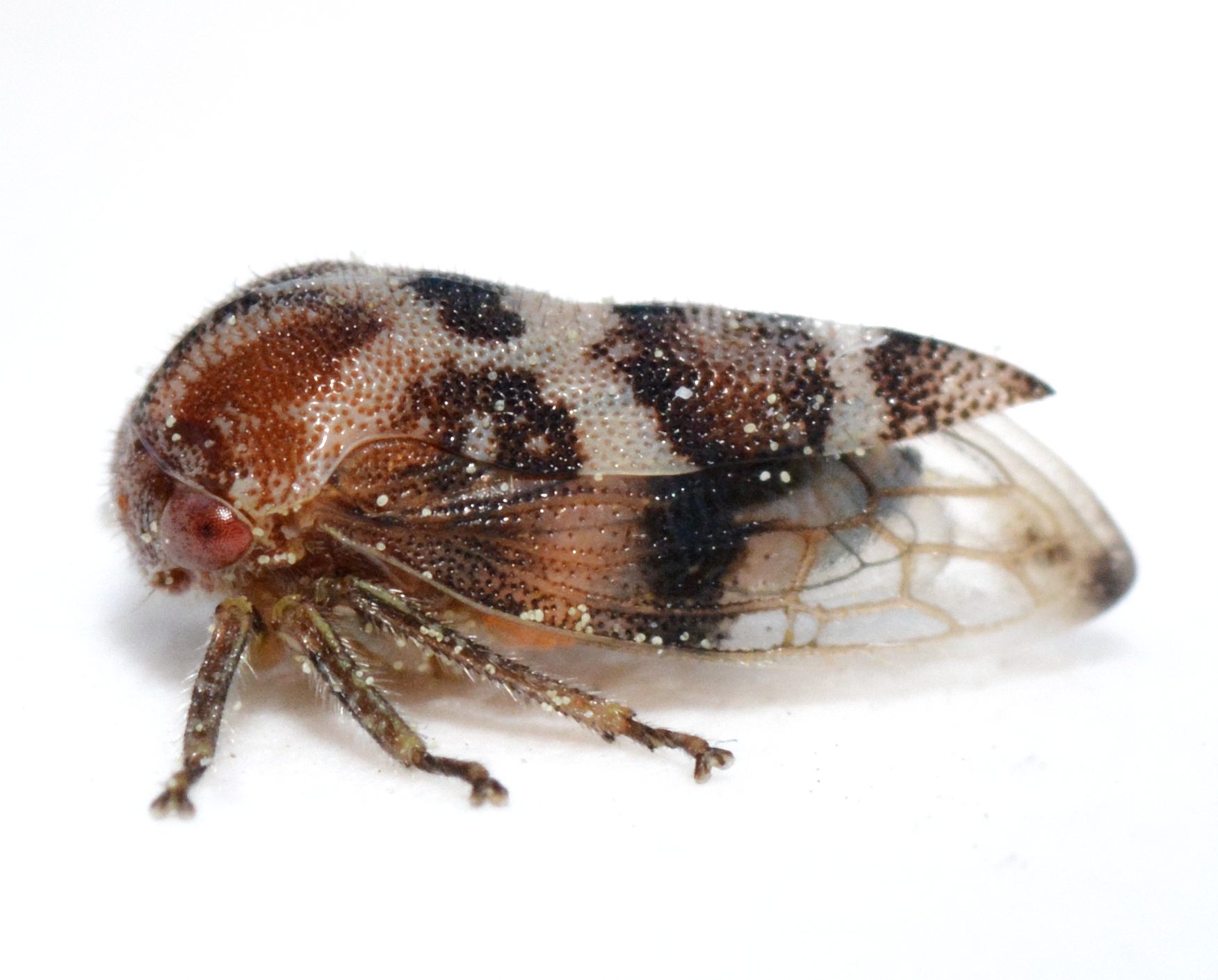
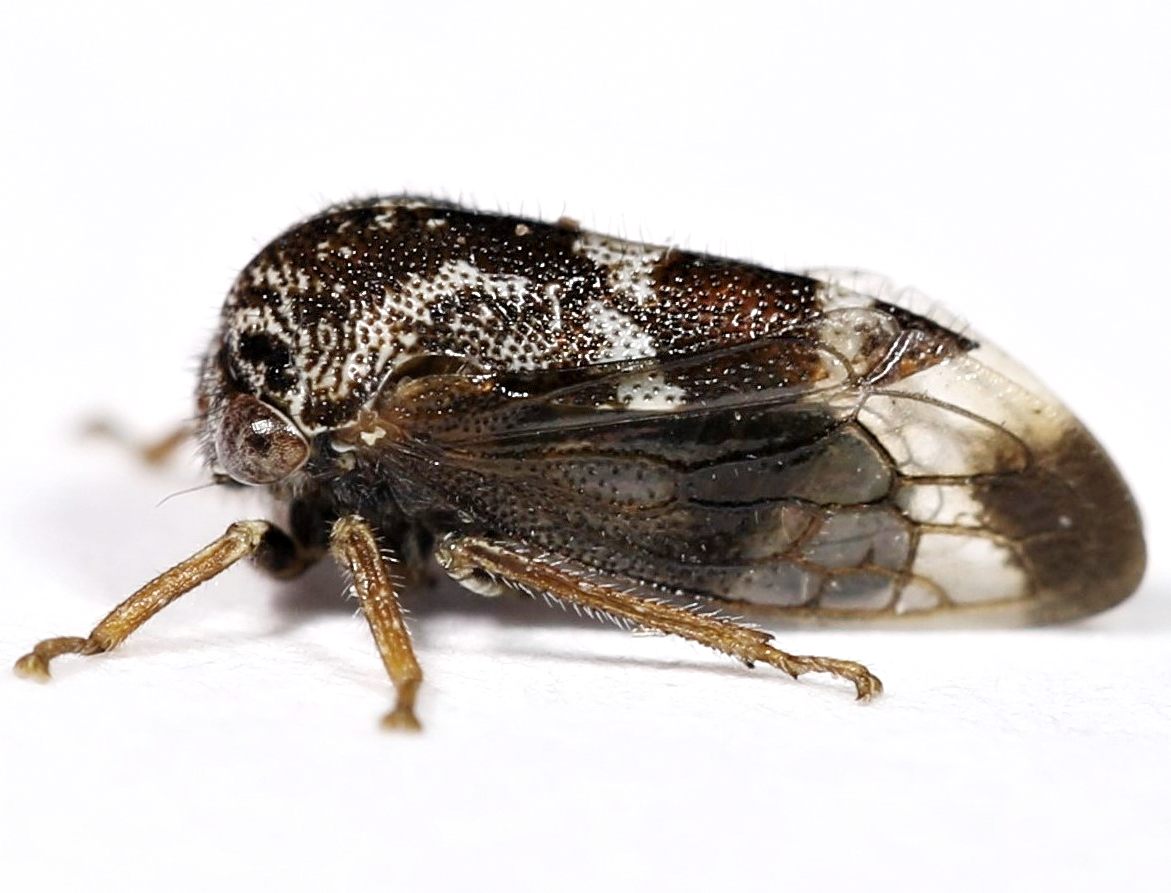

 »
»


